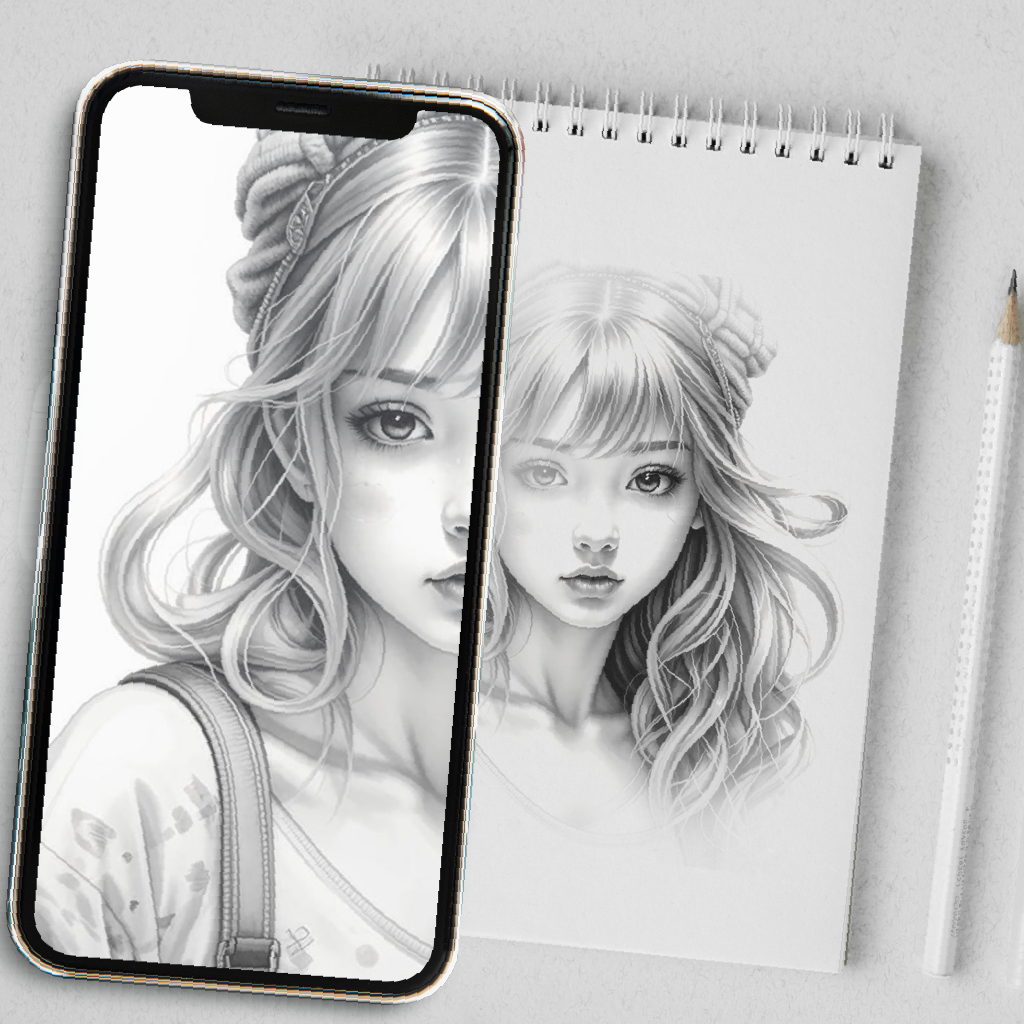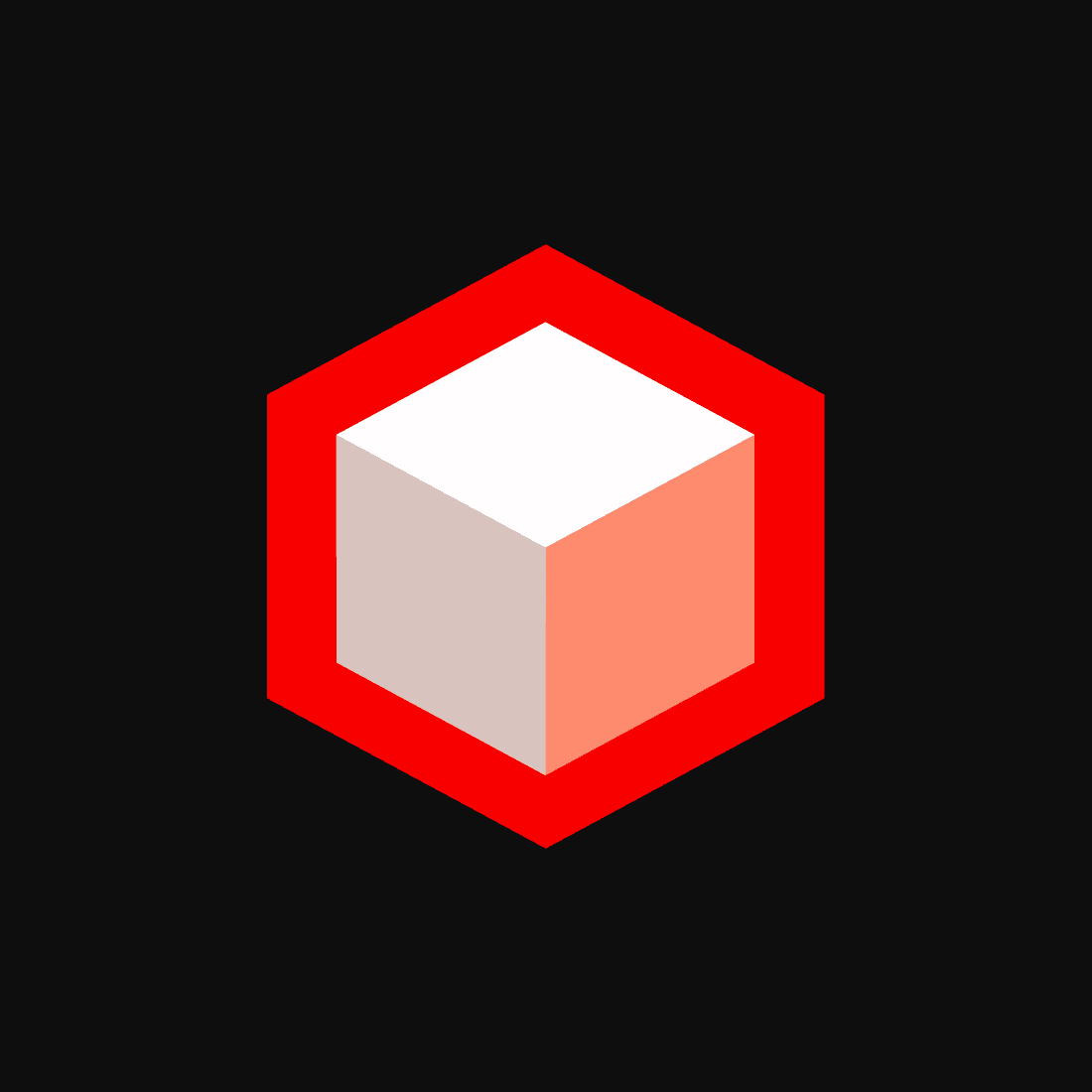Best 6
Augmented Reality
Products
0 PH launches analyzed!
Problem
Users, especially Gen Z, face a disconnection between online shopping platforms and real-world shopping experiences. Traditional online platforms lack interactive and engaging elements that can bridge the gap between digital and physical shopping.
Lack of interactive, location-based experiences
Solution
AR app that gamifies shopping experiences for Gen Z by connecting them with their favorite brands through interactive and location-based activities.
Gamified AR app bridging digital and real-world shopping with interactive, location-based experiences
Customers
Gen Z consumers who seek engaging and interactive shopping experiences that combine the digital and physical worlds.
Gen Z consumers
Unique Features
Combines AR technology with gamification to create interactive shopping experiences.
Connects users with favorite brands through location-based activities.
AR technology integration and gamification
User Comments
Engaging and fun shopping experience for Gen Z.
Love the blend of AR and real-world shopping elements.
Interactive activities make shopping more enjoyable.
Great way to discover new products from favorite brands.
Exciting to see more brands joining the platform.
Traction
Over 50,000 app downloads within the first month of launch.
Collaboration with 20+ popular brands for interactive experiences.
Monthly active users reached 30,000 within three months post-launch.
Market Size
The global AR market size was valued at $15.3 billion in 2020 and is projected to reach $198 billion by 2027, with a CAGR of 42.9% during the forecast period.
$198 billion by 2027

AR Drawing Simply - ARtist
AR Draw - Your Augmented Reality Drawing Guide
7
Problem
Many individuals struggle to improve their drawing skills and bring their artistic ideas to life effectively.
The old solution involves traditional learning methods for drawing, which can be slow and challenging.
Traditional learning methods for drawing
Solution
AR Drawing application.
With this application, users can enhance their drawing skills, learn new techniques, and actualize their artistic ideas more efficiently.
enhance their drawing skills, learn new techniques
Customers
Amateur artists, hobbyists, and learners of all ages interested in improving their drawing skills and exploring new artistic techniques.
Demographic includes creative individuals often seeking innovative tools for art development.
Unique Features
The product offers an augmented reality experience that integrates virtual and real-world environments for drawing.
User Comments
Users appreciate the ease of learning new drawing techniques.
The application is praised for enhancing creativity.
Many users find it a faster way to bring artistic ideas to life.
Some suggest the tool makes learning to draw more enjoyable.
There are positive remarks on the integration of augmented reality in drawing.
Traction
Newly launched on ProductHunt with growing interest from creative communities.
Specific user metrics (e.g., number of users or revenue) are not reported.
Market Size
The global augmented reality market size was valued at $14.7 billion in 2020 and is expected to grow significantly as AR technology is increasingly used in arts and education.

PhotoTube AR
Transform Static Images into Immersive 3D & AR Experiences!
6
Problem
Users currently rely on static images to showcase real estate properties, hotels, products, or other objects, which lacks interactivity and immersive experience.
Static images do not allow viewers to engage with the content or get a true sense of what the object or property is like in real life.
Solution
An Augmented Reality app that transforms static images into interactive 3D and AR experiences.
Users can scan a QR code to view real estate properties, hotels, products, or any object in a lifelike 3D/AR format anytime, anywhere.
Transforms static images into interactive 3D experiences, allowing for lifelike viewing through AR technology.
Customers
Real estate agents, hotel managers, product marketers, and tech-savvy users
Demographics: Working professionals, primarily aged 25-45, tech-savvy individuals who are looking for innovative ways to present their properties or products.
User behaviors: Frequent users of AR technology, interested in enhancing their promotional strategies or user experiences.
Unique Features
Transforms static images into lifelike 3D and AR formats using QR codes.
Enables interactive and immersive experiences that can be accessed anytime and anywhere.
User Comments
Users appreciate the innovative use of AR technology to enhance static images.
The app provides a more immersive user experience than traditional photos.
Some users find the QR code scanning process easy and intuitive.
Real estate agents can better showcase properties.
A few users mentioned slight issues with loading times in high-resolution images.
Traction
Newly launched with increasing interest on ProductHunt.
The community shows enthusiasm for AR-based innovations.
Specific metrics on users or revenue are not available from the provided data.
Market Size
The global augmented reality market was valued at $14.7 billion in 2020 and is expected to grow significantly in the coming years with increased adoption in various industries.
Problem
Currently, customers rely on static images and descriptions when shopping online, which limits their ability to assess how products will look in their personal environments. This skepticism reduces confidence in purchasing decisions, potentially leading to a higher volume of returns. Additionally, it disconnects the experience from tangible shopping. The drawbacks include: 'rely on static images and descriptions', 'potentially leading to a higher volume of returns'.
Solution
An AR platform that allows users to visualize products in their own spaces using their smartphones. Users can integrate products like furniture and electronics into their surroundings virtually, enhancing decision-making and providing a more realistic shopping experience. The platform features the ability to 'visualize products in their own spaces using their smartphones'.
Customers
Online retailers, e-commerce platforms, and their customers. This includes businesses in the home decor and electronics industries that are keen on reducing product returns and increasing customer satisfaction by providing an augmented reality shopping experience. Highlights include 'Online retailers', 'e-commerce platforms'.
Unique Features
ShopAR's core uniqueness lies in its ability to transform static online shopping into an interactive experience through augmented reality, which builds customer trust and reduces returns by enabling product visualization in real-world settings.
User Comments
Users appreciate the improved shopping experience it offers.
Many have noted a decrease in product returns.
The visualization tool increases customer confidence in the purchase decision.
Users report higher satisfaction with the platforms employing ShopAR.
Some technical challenges were mentioned in correctly planning room visualizations.
Traction
ShopAR is a new platform on ProductHunt with early adoption stages and specific traction metrics like user count and revenue not yet widely available publicly.
Market Size
The global augmented reality in retail market was valued at approximately $1.23 billion in 2021 and is expected to grow significantly as more consumers and retailers adopt AR technology.

Kolors Virtual Try On
Best Free Online Virtual Clothing Try On Tool
4
Problem
Users interested in online shopping often face challenges in selecting the right size and fit when purchasing clothing, leading to returns and dissatisfaction. Traditional online shopping lacks a way for customers to try on clothes physically, and this can be a significant hurdle for purchase decisions. Selecting the right size and fit can be a cumbersome trial-and-error process for many customers.
Solution
Kolors Virtual Try On provides a virtual clothing try-on tool utilizing AI technology that allows users to try clothes virtually. This product enables users to visualize how an item would look on them without the need for physical interaction, enhancing the shopping experience. Examples of features include trying on clothes using AI-enhanced tools, no download required, and free usage.
Customers
Online shoppers of all ages who frequently purchase clothing online and are looking for tools to enhance their shopping experience. This includes tech-savvy young adults accustomed to using online platforms, as well as older customers who prefer convenience in their shopping experience.
Unique Features
The solution is unique due to its AI-based virtual try-on ability, which is available for free and does not require any download, making it easily accessible and user-friendly.
User Comments
Customers appreciate the ease of use and accessibility.
The AI technology is praised for improving the online shopping experience.
Users find the tool particularly helpful for visualizing fit and style.
Some users express the wish for more clothing options.
Overall, positive feedback on the concept of virtual try-ons.
Traction
The product is newly launched and has gained traction on ProductHunt. Specific quantitative data on users, MRR/ARR, or financing is not provided in the current information.
Market Size
The online fashion retail market is growing, and the global virtual fitting software market was valued at approximately $2.11 billion in 2020, expected to grow substantially with increasing trends towards online shopping and technological integration.
Problem
People struggle to accurately identify and explore constellations in the night sky, which limits their understanding and appreciation of astronomy. The traditional methods, such as using star maps or guides, can be cumbersome and lack interactivity or modern technological integration.
using star maps or guides
Solution
An augmented reality (AR) tool that allows users to connect stars and view constellations in AR by using Sidus.Fun, transforming the night sky into a canvas for interactive exploration.
connect stars and view constellations in AR
Customers
Amateur astronomers, stargazers, and educational institutions, typically ranging from teenagers to adults, who are interested in exploring astronomy with modern technology.
Amateur astronomers
Unique Features
It uniquely combines AR technology with astronomy, offering an immersive way to visualize constellations by letting users draw and interact with star connections directly in the sky.
User Comments
Users appreciate the interactive and engaging experience.
The AR feature is considered innovative and exciting.
Some find the application enhances educational experiences.
There is positive feedback on the app's potential for learning.
A few users encounter technical issues or bugs.
Traction
Sidus.Fun is a newly introduced product on ProductHunt with growing interest from users seeking an innovative way to explore constellations. It is currently in a nascent stage with no detailed data available regarding user count or revenue metrics.
Market Size
The AR market for educational and entertainment purposes, like exploring astronomy, is projected to grow significantly. The AR market was valued at approximately $6.12 billion in 2021 and is expected to expand as technology becomes more accessible and integrated into daily life.


